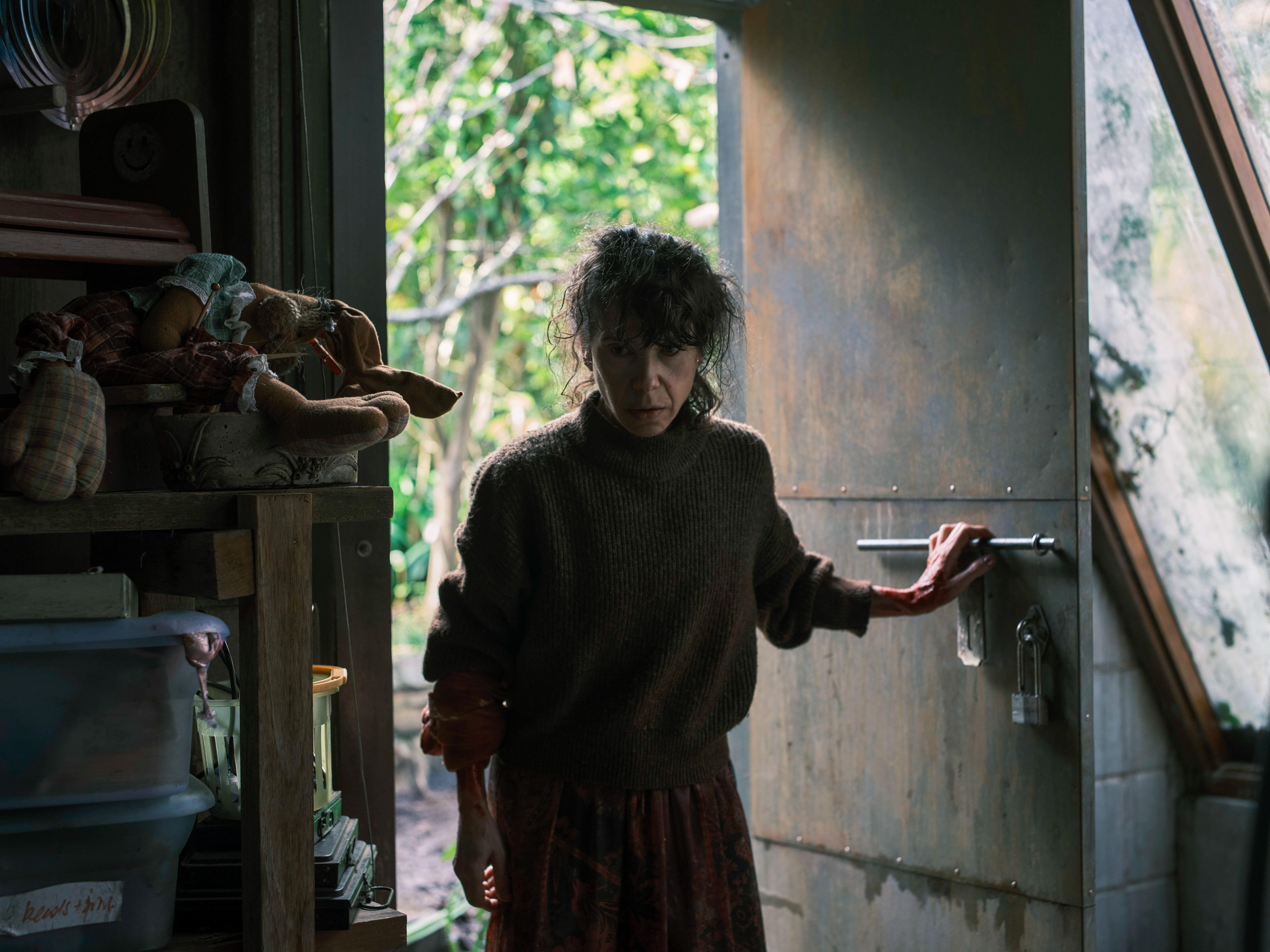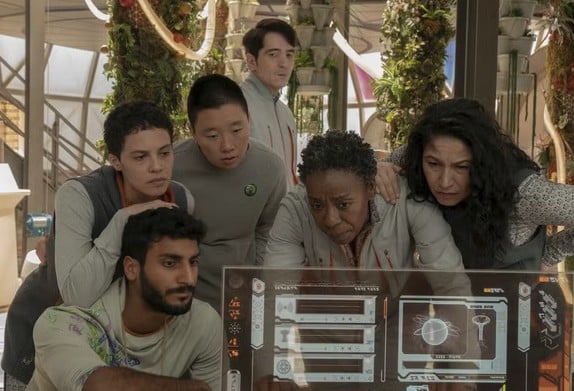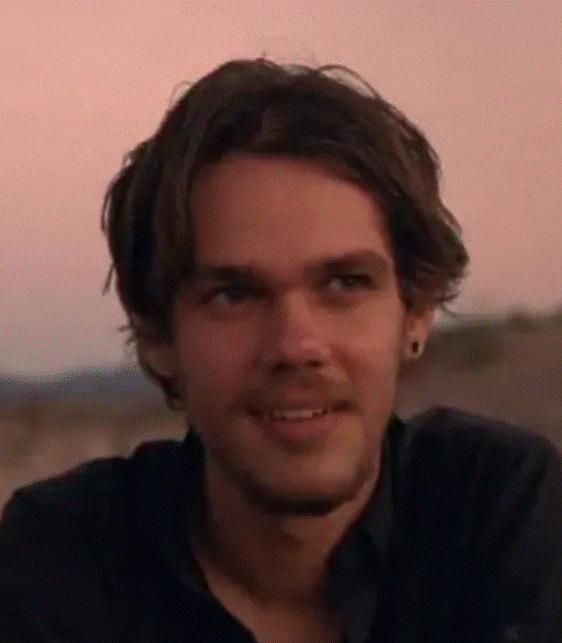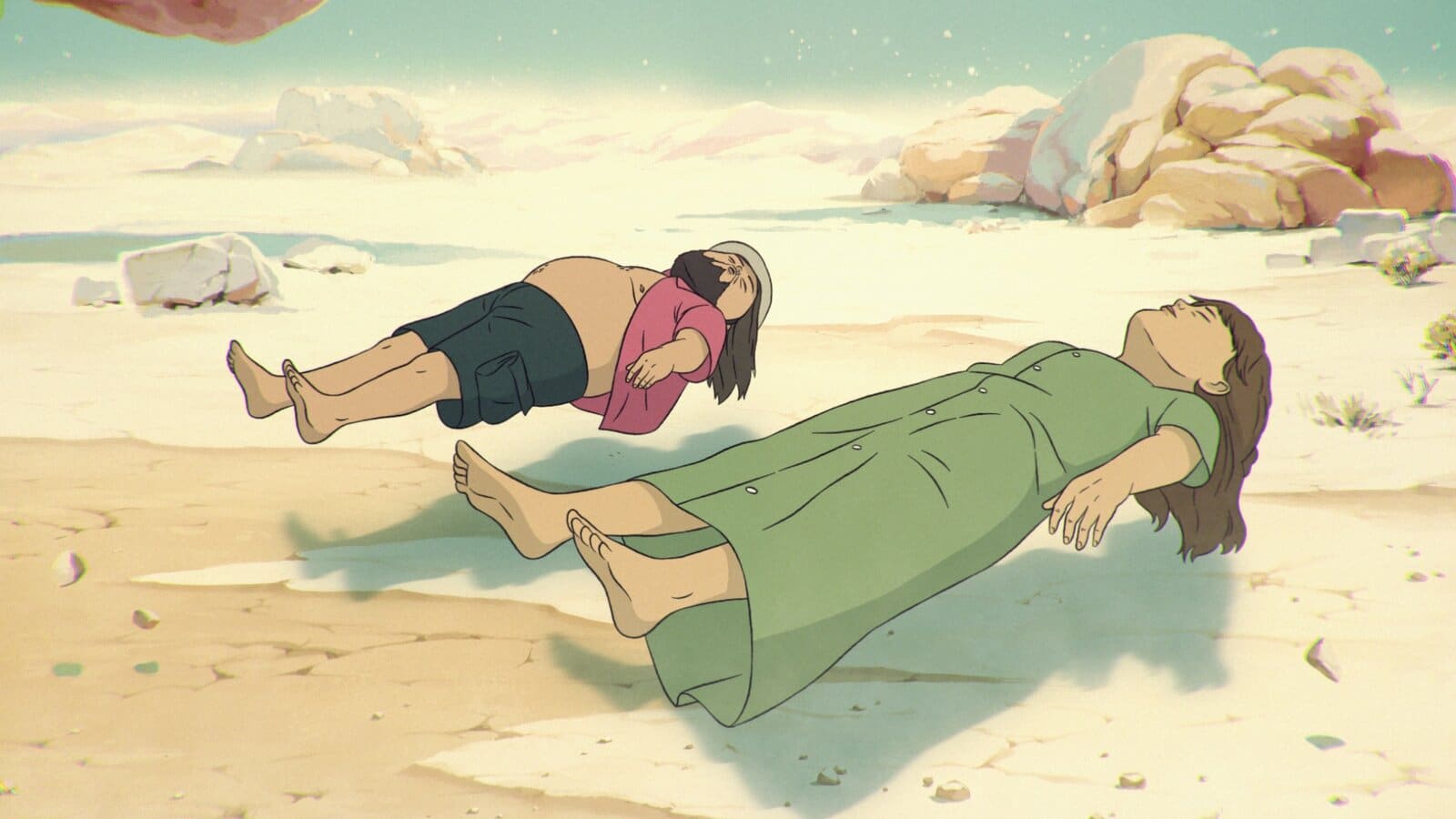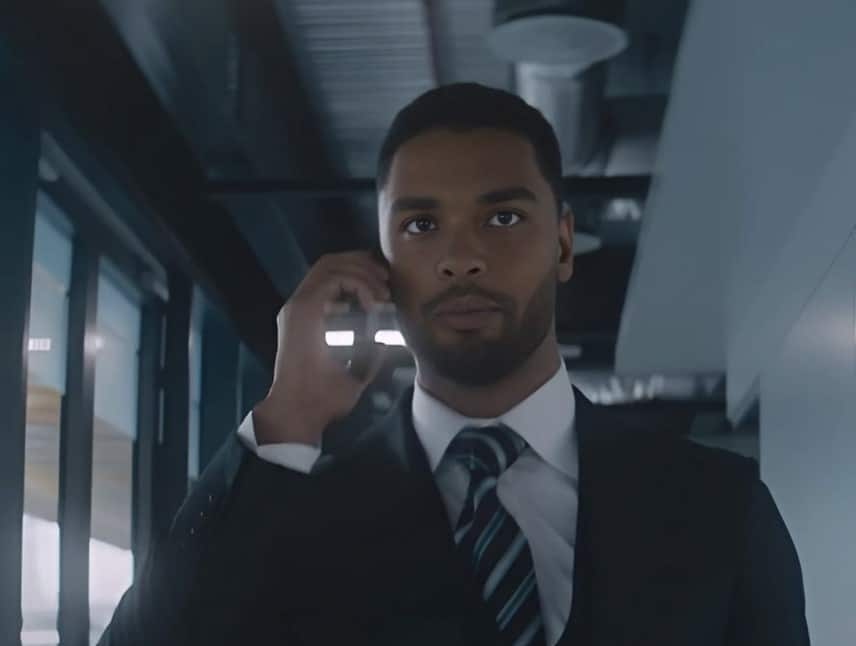Watercooler Pick
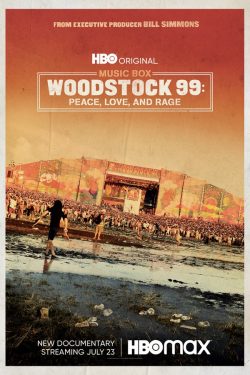
Woodstock 99: Peace, Love, and Rage
- Special
- Where to Find It: HBO, HBO Max
- Rating: TV-MA
- Release Date: 2021
Recommended by:
Share on social media
Find More Watercooler Picks
The first in a series of music documentaries under the collective title Music Box, Woodstock 99: Peace, Love, and Rage is a deeper look at the tribute festival held 30 years after its namesake, which left a very different legacy than the original. This version became more associated with the depravity, rage, and riots among the crowd than any of the musical performances.
The documentary features interviews with some of the artists who were at the ’99 festival, including Jewel, Megadeth’s Dave Mustaine, Creed’s Scott Stapp, Korn lead singer Jonathan Davis, and Moby.
The year 1999 may seem like the distant past now, but—as this documentary makes clear—you can trace the current threads of unrest we’re seeing today (or social “rot,” as one journalist puts it) directly back to this era. It was a time when the younger generation began to realize they were living in a “top-down” world driven by exploitation and greed. Even the concept of reviving Woodstock exemplifies the Baby Boomer generation’s attempt to maintain control of the cultural conversation. But it backfired in a big way.
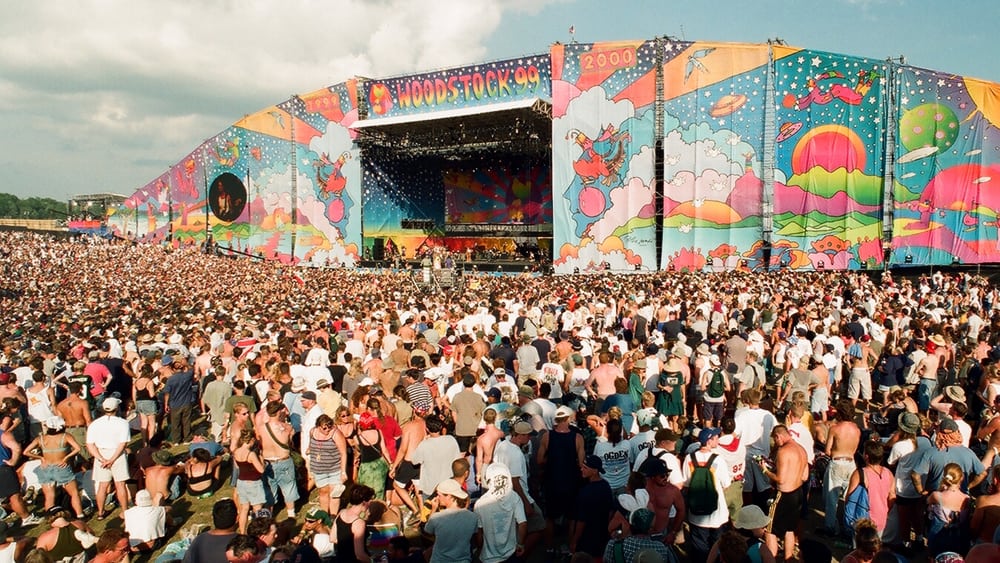
Ever since the original Woodstock became the centerpiece of the Summer of Love in 1969, promoters have been trying to recreate the magic (or at least the myth) of the iconic four-day concert. The first attempt—held in 1994 to celebrate the festival’s 25th anniversary—was considered a success by all involved, so it was only natural that another Woodstock would bring throngs together again.
Fast forward to the summer of 1999. While the original festival took place on a farm, a former Air Force base became the venue for the modern “Camp Woodstock,” a telling shift that signaled other tonal changes to come. It was Murphy’s Law—everything that could go wrong, did. The event was oversold and poorly planned. The sanitation was so bad that overflowing port-a-potties mixed in with mud until no one could tell the difference. And there was extreme heat (though you can’t really blame that on the organizers). Sure, there were big names on the three stages, but with many hard rock and “nu metal” bands, there was anger ready to bubble up to the surface of that steaming hot asphalt.
That violence included blatant and unrestrained sexual assault, caught on camera and broadcast as part of the original pay-per-view footage used in the documentary. From the start, women were flashing their breasts or walking around the grounds topless. In mosh pits during the performances you can see men fondling women as they crowd surfed. One of the signs even says: “Show Us Your T*ts.” The demand was rampant, as demonstrated when the male crowd, mostly white, yells for presenter Rosie Perez to show her breasts. One of the most disturbing parts of the story is how many of the young men in the crowd turned animalistic, feeling empowered to break all social norms, especially with the opposite sex. We learn about several sexual assaults, and dozens more that would follow after everyone dispersed.
We see the lead singer of The Offspring addressing the crowd before their Friday-night set: “There’s a lot of girls coming over the top here, crowd surfing. They’re getting really gross. You know what I mean? I think, just cause a girl wants to crowd surf or whatever, that doesn’t give a guy the right to molest them.” Screams of support filtered through the crowd, but by that point the concert was already speeding out of control.
As the documentary explores, 1999 was a turning point on the music scene as more aggressive, rap-infused rock rose to prominence as a reaction to the teen pop and boy bands infiltrating MTV. As singer/songwriter Jewel—one of only three women to perform—puts it, this music festival didn’t have “a real soulful purpose.”
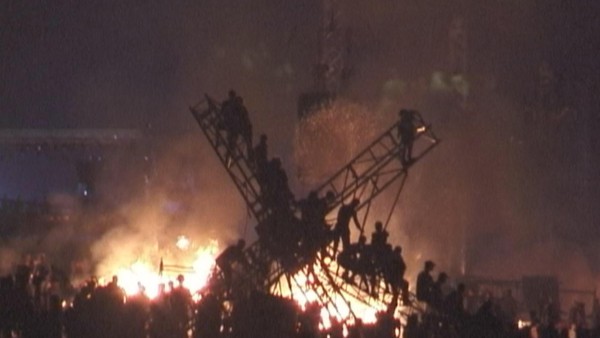
The band Limp Bizkit, at the zenith of its popularity thanks to MTV, had their own idea of a purpose appearing at Woodstock ’99 on night two. By that point, the packed-in crowd was wasted, dehydrated, overheated, and bursting with pent-up rage. It didn’t take much for group’s lead singer, Fred Durst, to light the fuse with his performance of the profanity-fueled anthem “Break Stuff,” a direct call to violent action. There was no turning back.
That set the stage for Sunday’s final night to conclude in a dramatic and historic way. As the Red Hot Chili Peppers played the main stage, fires broke out across the spacious grounds (ironically the unforeseen consequence of a candlelit vigil honoring the victims of the Columbine High School shooting, which had happened just three months prior to the event). When the promoters asked lead singer Anthony Kiedis to help calm the audience down, the band’s response was to play Jimi Hendrix’s “Fire.” After the set, the disturbances escalated to riots, vandalism, and looting.
The documentary mixes video from the event with recent interviews to give context to the history and highlight why Woodstock ’99 went off the rails. It also includes one of the original promoters downplaying what happened, or at least how bad it was. It’s an unfortunate, but necessary, legacy of Woodstock ‘99. Given the state of the world and cultural movements like #MeToo that have gained traction in recent years, this documentary seems more timely and vital than ever.
A well-crafted and in-depth documentary about a festival gone horribly wrong may be horrifying to watch in parts, but it tells us as much about the present as it does about the past.
Music fans and friends. However, given the language, debauchery, and riots, this is not advised viewing for all ages.
For a better understanding through the pop-culture prism, clips of movies American Pie and Fight Club are featured, as well as archival news footage and vintage segments from the MTV vault.
- Moods: enlighten me, shock me, take me back
- Interests: conversation worthy, history, music, true stories

Jerry Barmash



